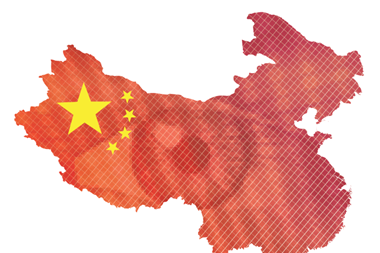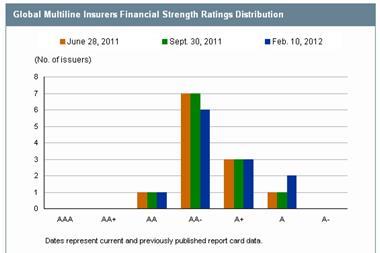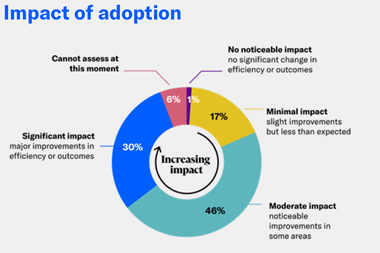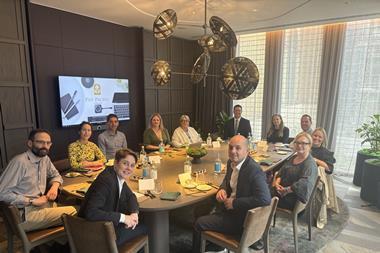In celebration of Amrae’s 20th Les Rencontres, StrategicRISK brings you this special supplement tracking the progress of the risk management profession over the past two decades.
Much has changed in the risk manager’s world since the early 1990s. Back then, the sole responsibility of most corporate risk managers was probably risk analysiAnne-Marie Fourniers and mitigation, normally by purchasing insurance.
Over the past 20 years, though, many risk managers have seen their roles evolve as prestige and complexity has grown. Several events over this period have forced companies to think about risk differently. It is no longer enough to simply react to threats once they’ve appeared.
The best organisations are thinking about risks strategically and how they can benefit from them by seeking competitive advantage,
Risk prevention and risk mapping now form part of the tool set of modern risk managers”
Anne-Marie Fournier
Correspondingly, the risk manager’s role has changed as companies have come to terms with new challenges associated with the complexities of a 21st century world. Globalisation, political instability, the financial crisis, cyber crime, fraud, large-scale natural catastrophes, terrorism, pandemics, demographic challenges and developmental issues, not to mention the environment, climate change, a dwindling supply of natural resources and overpopulation, are all shaping the modern risk landscape.
Sophisticated approach
Large global organisations are incredibly complex, and faced with these challenges they simply have to respond with a sophisticated risk management approach. Across a globally diverse group of companies, it can be difficult to streamline these activities, implement a consistent approach and communicate its benefits, but that’s what the world’s leading risk managers are grappling with right now.
Amrae board member and risk manager for French multinational PPR Anne-Marie Fournier says her profession has witnessed a complete shift from insurance handling to a purer form of risk management over the last 20 years.
“Risk prevention and risk mapping now form part of the tool set of modern risk managers,” she says. Meanwhile, “better knowledge by risk managers of the exposures of their companies is enabling some to assess and potentially report to senior management. This includes presenting to audit committees and risk committees, but also taking questions from the board on risks.”
Identifying exposure
However, further development is needed. Risk managers must be much more precise in identifying and quantifying these exposures. And they need to be more imaginative in developing solutions to problems. But, overall, commentators are positive about the future and many believe that increasingly competent risk managers will become the main “risk reference” within their companies.
Throughout this special supplement, you will hear from risk managers from all over Europe about how they think the profession has changed and where they think it is going. We hope you find it a useful retrospective and one that hopefully also sheds light on progressive steps.
Finally, congratulations to Amrae for a successful 20 years. Here’s to another thriving 20.
Nathan Skinner, editor, StrategicRISK
Joseph Clabby, regional president, ACE Continental Europe



















No comments yet